Protecting Your Children Online
Protecting Your Children Online
What You Need to Know about Online Threats to Your Children
Kimberly Ann McCabe
Rowman & Littlefield
Lanham Boulder New York London
Published by Rowman & Littlefield
A wholly owned subsidiary of The Rowman & Littlefield Publishing Group, Inc.
4501 Forbes Boulevard, Suite 200, Lanham, Maryland 20706
www.rowman.com
Unit A, Whitacre Mews, 26-34 Stannary Street, London SE11 4AB
Copyright 2017 by Rowman & Littlefield
All rights reserved . No part of this book may be reproduced in any form or by any electronic or mechanical means, including information storage and retrieval systems, without written permission from the publisher, except by a reviewer who may quote passages in a review.
British Library Cataloguing in Publication Information Available
Library of Congress Cataloging-in-Publication Data
978-1-4422-7466-2 (cloth)
978-1-4422-7467-9 (ebook)
 The paper used in this publication meets the minimum requirements of American National Standard for Information SciencesPermanence of Paper for Printed Library Materials, ANSI/NISO Z39.48-1992.
The paper used in this publication meets the minimum requirements of American National Standard for Information SciencesPermanence of Paper for Printed Library Materials, ANSI/NISO Z39.48-1992.
Printed in the United States of America
For my parents, Jim and Shirley McCabe
Foreword
Captain Michael Harmony
Kimberly McCabes Protecting Your Children in Cyberspace: What Parents Need to Know is a must-have book for parents wishing to protect their children from Internet Crimes Against Children. As a law enforcement officer with nearly two decades of experience in investigating Internet child exploitation cases and as an individual who has served as the chairperson for the US Department of Justices Internet Crimes Against Children National Task Force, it has become apparent that we are witnessing the unique union of a powerful technology age and an awakening of child vulnerabilities by individuals wishing to abuse children within this virtual world. Protecting Your Children in Cyberspace: What Parents Need to Know is an instant success as it not only identifies specific crimes involving children within the online community but also provides parents the information they need to ensure the safety of their children even in cases where their children places themselves in a potentially harmful setting.
Within this book, crimes such as child corruption, child pornography, cyberbullying, cyberstalking, and sextortion are discussed in detail, include definitions of these crimes, and most importantly, the legislation enacted within the United States to address such crimes. In addition, historical and specific cases of child victimization are detailed to provide parents information for discussions on the topics with their children.
While US presidential histories suggest that the Age of Reagan focused upon the War on Drugs, the Age of Bush Jr. focused on terrorism, and the Age of Obama racial inequalities, child victimization via cyberspace has yet to be recognized. Kimberly McCabes work focuses on the vulnerabilities of all children regardless of the gender, race, and economic standing. Her discussions on the various crimes and the dynamics that exist prior to the victimization of children bring to the forefront the power of parenting in establishing lines of communication and limitation in the actions of their children. Hence, central to the themes of this book is the responsibility of parents in establishing and enforcing boundaries for the children and the acknowledgment that many of these crimes involving children in cyberspace may be preventable through the proactive actions of parents. This book is a must-read for parents wishing to protect their children and for parents with questions regarding cyberspace and the dangers to their children.
Preface
As a parent of two children and a professor of criminology, my children have grown up with the consistent message of stay safe and the repeated question of What would you do if... ? Many years ago, the significance of my many parent and child conversations was apparent when my son, who was probably about five years old at the time and attending one of my crime prevention lectures, stunned my class of undergraduate students as he answered one of my What would you do? questions before any of those enrolled in the class could respond. From an educators perspective, I was pleased. From a moms perspective, I was ecstatic. I had provided my son the information he may someday need to stay safe and he remembered those words.
This book is not for everyone. When my daughter was young, she would often ask why I always wrote about the bad things people did to children. My explanation was always that I did not want any more children hurt and that most people do not want to talk, much less write, about child abuse. This book is for those parents and grandparents who are concerned about cyberspace and the potential dangers that this new environment facilitates for our children. For many years, I have written books for young, college-aged students. This book is written for parents like me who have questions about the risks to their children within the online community and the reality of those Internet Crimes Against Children. It is my desire that this book will provide you the information needed to begin and continue talking with your children over the course of their childhood to better protect them from individuals within cyberspace who wish to exploit and abuse them. After all, a parents responsibility is the safety and protection of their children. I hope this book helps.
Acknowledgments
No one person writes a book. There are individuals and experiences throughout the authors life that motivate and inspire and there are individuals who challenge and confront. These colleagues, family, friends, and publisher supported this effort in ways that far exceeded my expectation and I want to acknowledge those individualsthe ones who convinced me of the importance of this book. So I would first like to acknowledge my wonderful parents, James and Shirley McCabe, who not only provided me with what some would consider a picture-perfect childhood, but also provided me the courage to succeed and fail in life; and my children, Jessica and Mac, who remind me daily of the reality of childhood and the teen years.
As I mentioned in the preface, the five books I have written before this book were intended to be used as textbooks within a college course. When approached by a representative of Rowman and Littlefield Publishers, Kathryn Knigge, for a book on child abuse, I, frankly, was ready to try something new. When I sent her my initial proposal, her words were it reads like a textbook. Her words caused panic in me. I did not know if I could write a book for individuals outside of the area of criminology. Ms. Knigge helped me outline this parents book and the topics seemed natural; however, I was a bit anxious about the writing. My colleagues, Dr. Julius Sigler, Dr. Annette Evans, and Dr. Elza Tiner, who were not professors of criminology (but professors of physics, religious studies, and Latin, respectively), encouraged me to try this new focus. As one of my colleagues suggested, Kim, just write the book like youre talking to methat is how I have attempted to write this book, from one parent to another, for the common goal of our children.
There are so many other individuals who have provided me the encouragement and stories for a book such as this one. Those individuals include Captain Mike Harmony and Sheriff Mike Brown of the Southern Virginia Internet Crimes Against Children Task Force (Bedford County Sheriffs Office, Virginia), and Dan Murphy, another retired cop and colleague who specialized in the investigations of crimes against children and many others. Thank you.
Next page
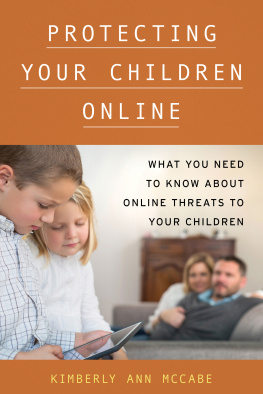

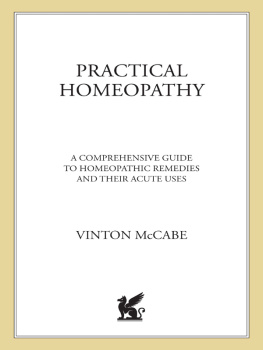



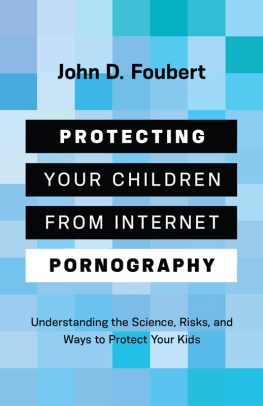
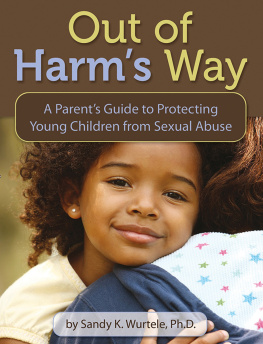
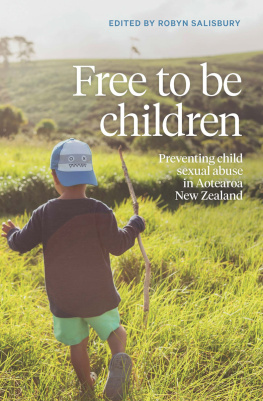
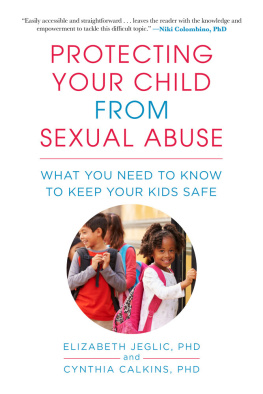
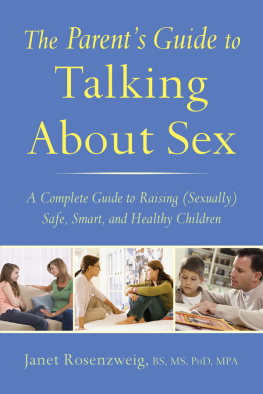
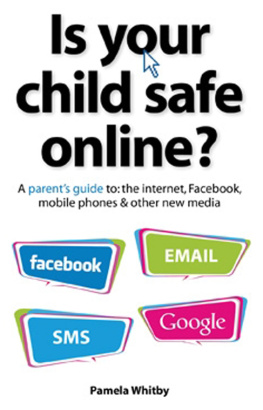
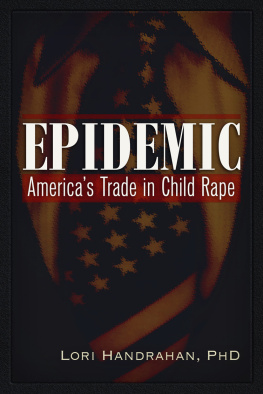
 The paper used in this publication meets the minimum requirements of American National Standard for Information SciencesPermanence of Paper for Printed Library Materials, ANSI/NISO Z39.48-1992.
The paper used in this publication meets the minimum requirements of American National Standard for Information SciencesPermanence of Paper for Printed Library Materials, ANSI/NISO Z39.48-1992.